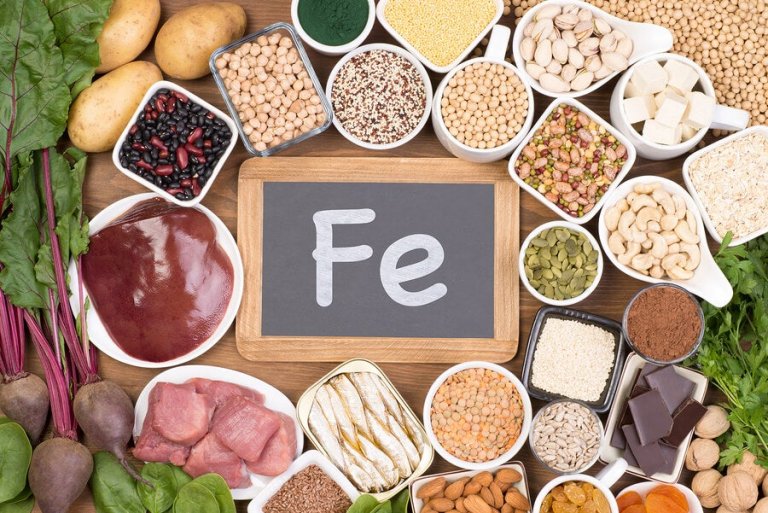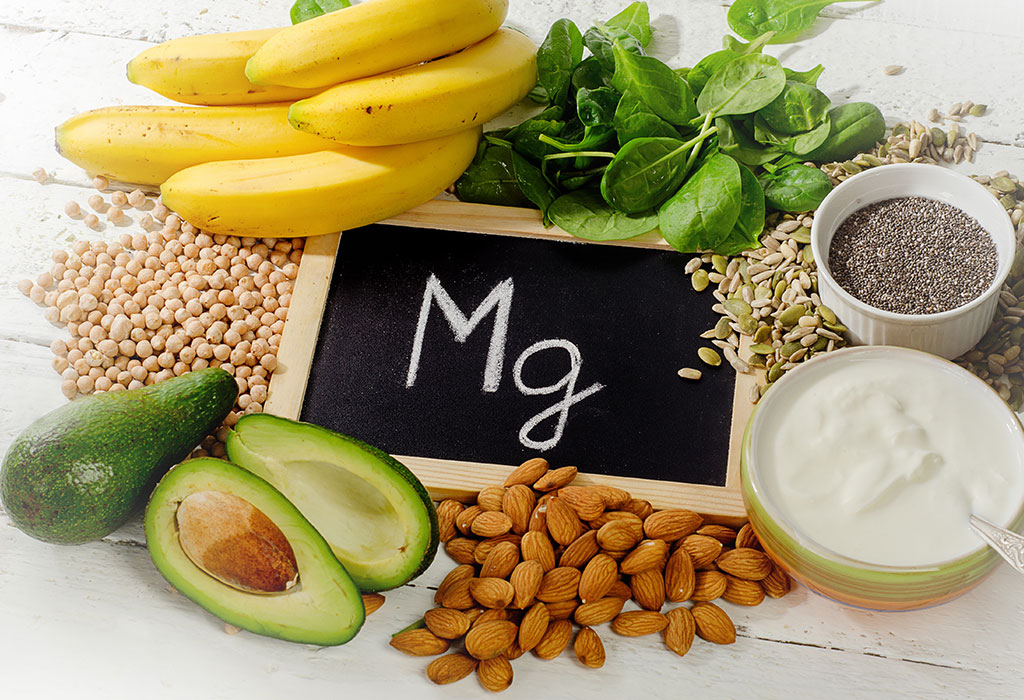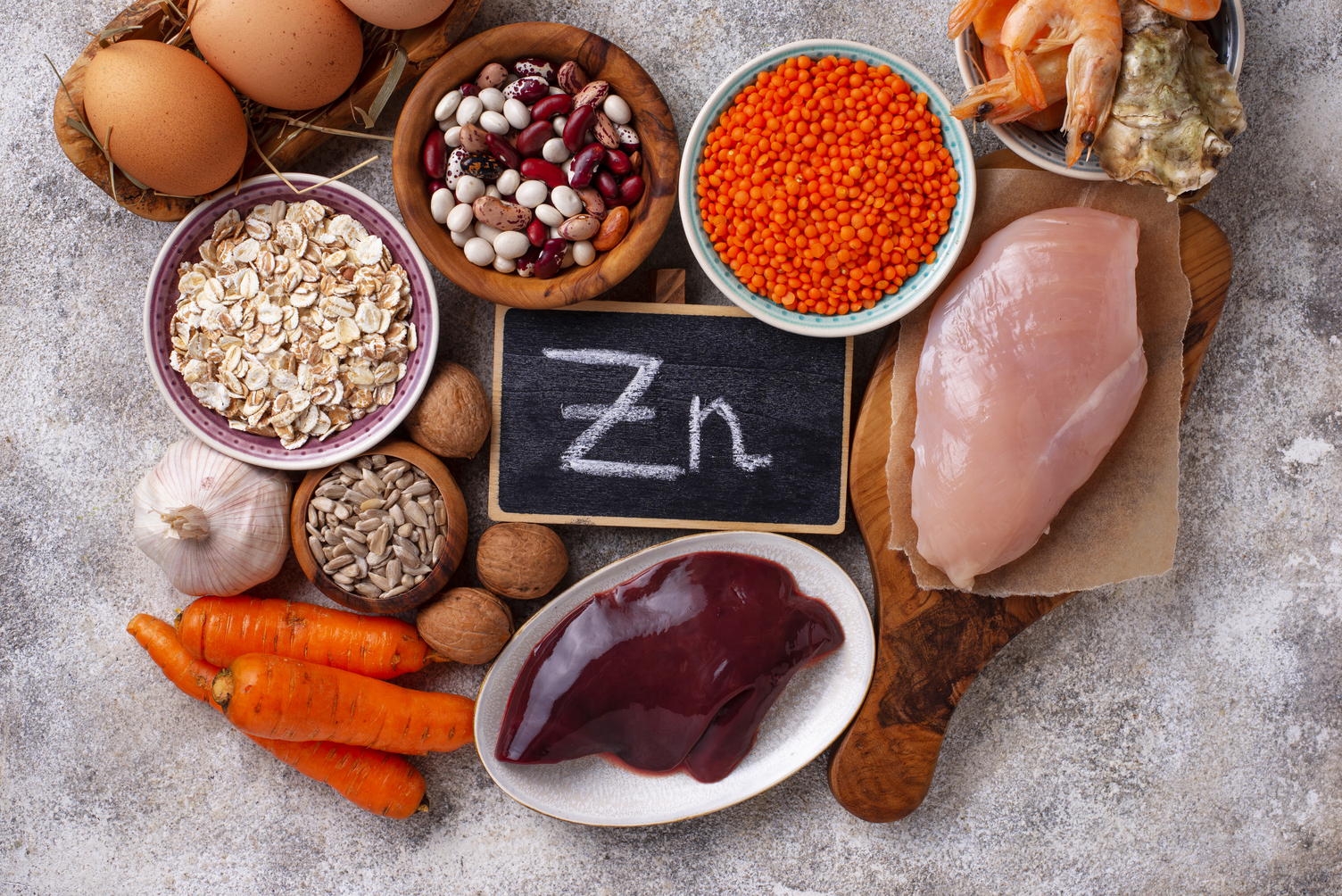Essential Trace Metals for the Body
In nutrition, trace elements are essential chemicals that are needed in the body. But in very minute amounts. These elements are crucial to some of the human body’s important bodily functions. Like growth, repair, and development, metabolic-related processes, and even immunity.
But while they are essential. Too much of it in the system (human body), can spell disaster. At sufficiently high levels, they can be toxic. But too little can also cause abnormalities. That’s why it’s important to have it in equal and varied levels.
There are many essential trace elements in the body, and here are some of them:

1. Iron - better known as the transporter of oxygen. An element that supports the formation of hemoglobin, a protein that carried oxygen from the lungs. And distribute it to the rest of the body. Sources of this essential mineral are red meat, poultry, and seafood. 
2. Iodine - A thyroid hormone that helps support tissue metabolism and growth and development, especially in children. . And a deficiency of these elements can lead to Iodine Deficiency Disorder. Sources include marine plants like kelp and seaweed. Other sources are table salt - labeled “iodized” and chicken & eggs. 
3. Copper - An element that is important for many enzymes, including melanin production (a pigment that helps you protect your body from the sun’s harmful rays), antioxidant properties (functions that helps repair caused by free radicals), and the formation of red blood cells. Just to name a few. Copper can be found in a wide variety of foods like potatoes, whole grains, and shellfish. 
4. Magnesium - magnesium is a macro-mineral that helps support bone health besides calcium. It’s also a mineral that also helps in the formation of glucose (for energy) and antioxidant (glutathione-one). In addition to muscle movement and cardiac contraction. Sources of magnesium can be obtained in greens like spinach, peanuts & beans, and pumpkin seeds. 
5. Calcium - commonly associated with helping maintain bone and teeth health. But this mineral is more than that. Calcium also supports in would healing (blood clotting), muscle contraction like the heart, and nerve functions. Besides dairy, calcium can also be found in marine organisms like sardines & salmon. On greens like kale. 
6. Zinc - Zinc plays an important role in breaking down and synthesis of lipids, carbohydrates, proteins, and carbohydrates. Allowing it to be easily absorbed by the body. It also supports normal growth and development. From childhood to adulthood. Zinc Is also beneficial for children, experiencing diarrhea. The food sources of zinc can be obtained through dairy products like milk, poultry, and seafood like oysters and shrimps.
Take note, that these elements are crucial for keeping us alive and well. It’s also better to seek medical advice from your board-certified physician or health care provider. For he or she might be able to tailor your dietary needs or offer advice, depending on your needs.
